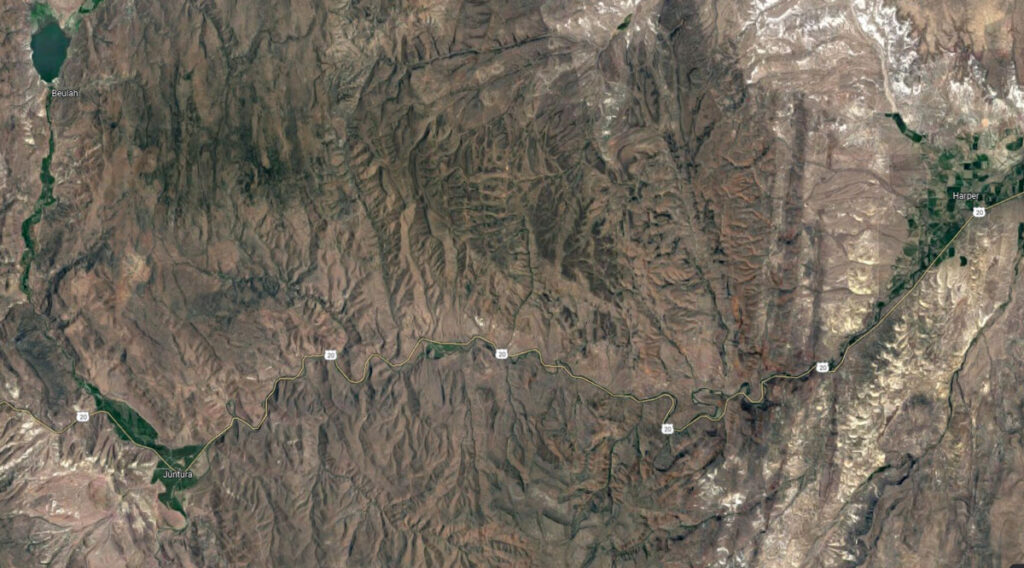The charter captain and barefoot bowhunter talks giant snook, just-as-giant snapper, and Everglades restoration efforts in the second wave of our two-part blog
You can’t talk about gigantic snook in South Florida and not talk about Capt. Ryan Nitz. Case in point, that picture of him above got you to read this blog. And how about these shots?
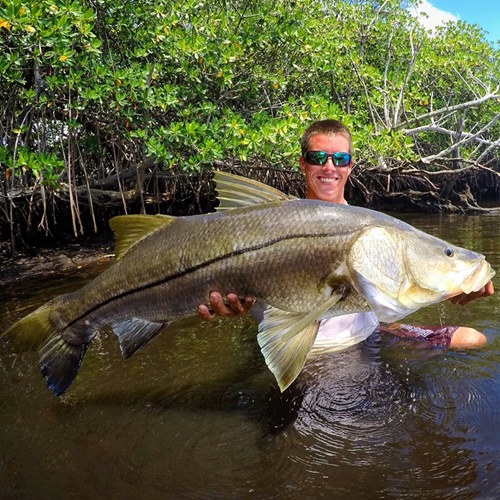
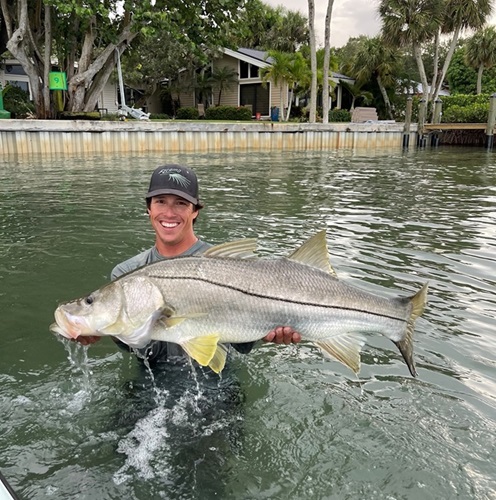
The inshore charter captain has made himself known for finding the biggest snook you can catch, which in Florida means 48 inches. Snook are one of the state’s most popular inshore sportfish, largely due to a reputation for putting up a serious fight. These fish are found around Florida, but Nitz says most are nowhere near the size as those found on the southeast coast of the state, perhaps due to an ample diet of baitfish and shrimp.
Enamored with both catching and filming snook, Nitz spent many years figuring out where and when to go, and what bait and lures to rig up, to regularly get himself on the stripe-sided fish. He started posting snook pictures taken from a GoPro on his head to social media, just for fun, and became an overnight sensation.
“The fish sold themselves really,” he says. They also landed him a business.
A Passion to Protect Snook
Nitz says the snook fishery has suffered heavily compared to just 20 years ago.
“Of course, we would love to go snook fishing year-round and keep our fish year-round,” he says, “but that’s not the world we live in.”
Snook need protection from more than just overfishing. The fish are greatly affected by the quality, timing, and volume of water flowing from Lake Okeechobee and other areas of the Everglades out to South Florida’s estuaries. Conservation groups continually come together to try and tackle myriad problems caused by infrastructure built decades ago, designed to drain swamplands and reroute water to benefit agriculture and developing coastal communities. Nitz knows it’s not an easy task. Everglades restoration efforts must take a broad approach that considers everything from marine fisheries health to water quality to protecting interior Everglades upland island habitats and communities.
Finding the Biggest, Baddest Inshore Fish
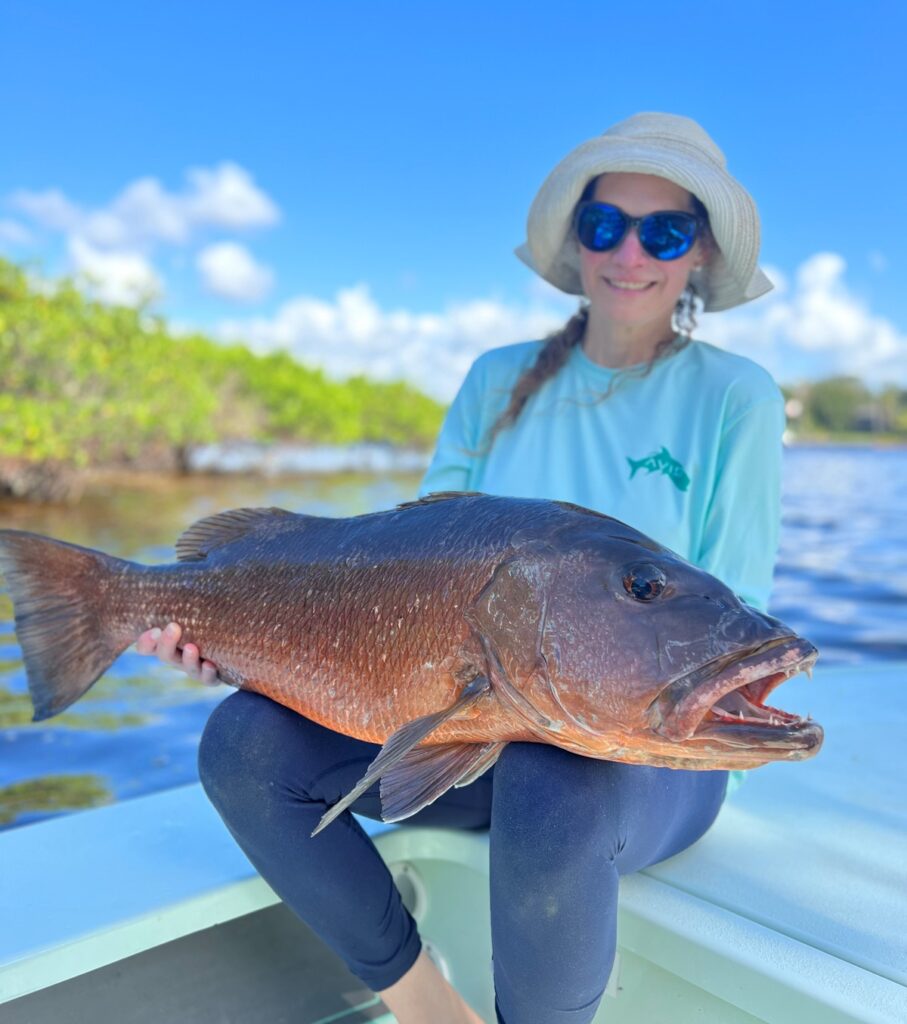
“They’re one of the meanest fish. They pull way harder than snook, pound for pound.”
Nitz is now voluntarily branching out to focus his charter business on species besides snook – both for sporting success and for conservation benefit – even though snook remain his “bread and butter.” Nitz says he’s recently dialed in on cubera snapper, the largest species of snapper, which can grow up to 125 lbs.
“They’re one of the meanest fish,” he says. “They pull way harder than snook, pound for pound.”
He stumbled into cuberas while snook fishing. He’d often cross paths with tarpon and jack crevalles when angling with live mullet or ladyfish. But something else kept taking his tackle; doing everything it could to get him into submerged rocks. Determined to land whatever was getting the best of him, he bought bigger rods and reels and figured out the best times to target the fish. It turns out what was snatching all his rigs were 30-inch cubera snapper. They’re now becoming one of his clients’ favorites.
In addition to cuberas, he’ll also be targeting more tarpon and permit this year, largely to take the pressure off the snook fishery due to a dwindling local population and overfishing. He says it’s not the first time he’s voluntarily avoided putting clients on overexploited fish, though it’s garnered him criticism and pushback from some captains and potential clients. He adds that besides knowing he’s helping out the resource, the younger crowd often offers him messages of support for taking care of the fishery and environment.
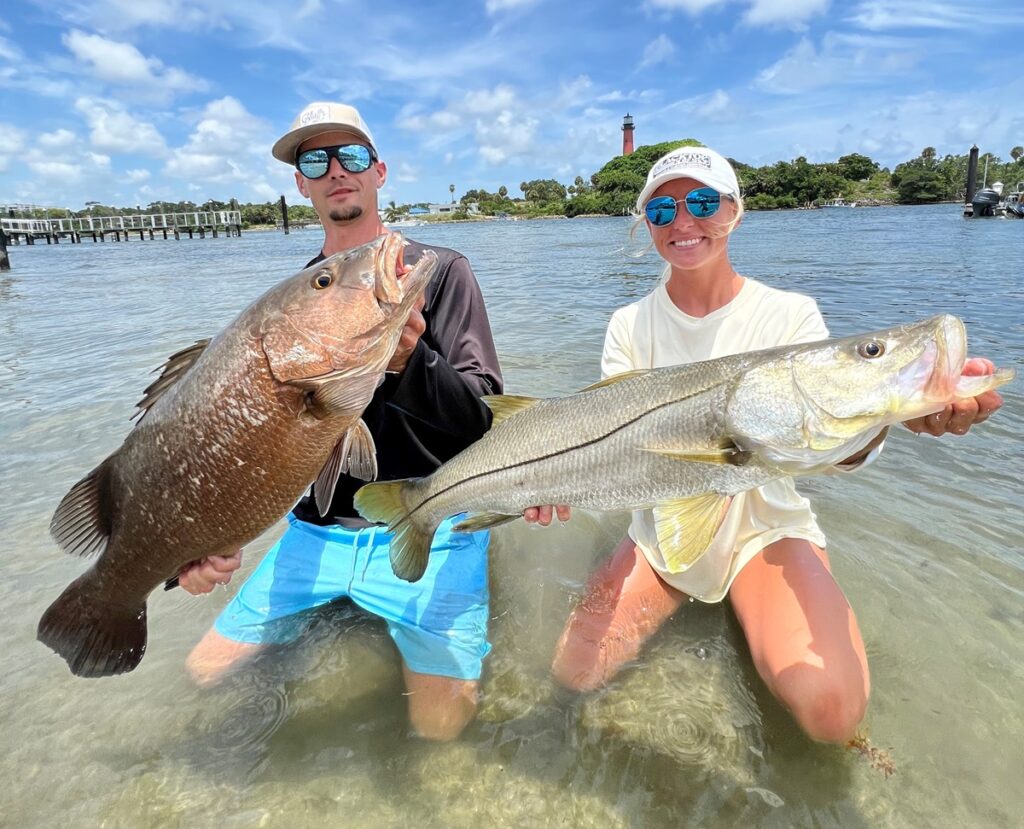
Finding Common Ground Key to Conservation Efforts
South Florida and Everglades conservation efforts are not just about specific species in specific areas, like the snook where Nitz fishes, or cuberas, which he has helped Florida Fish and Wildlife Conservation Commission biologists tag for research projects. Though these fish species indeed rely on the necessary water quality and volume, and protection from overfishing, broader Everglades restoration is a vastly complex issue.
Many different government agencies, nonprofits, Tribal nations, and recreation groups are trying to find ways to restore ecosystems and recreation opportunities as much as possible under current constraints. Years of dedicated effort are now beginning to pay off through actions by partnerships formed within groups like the Everglades Coalition.
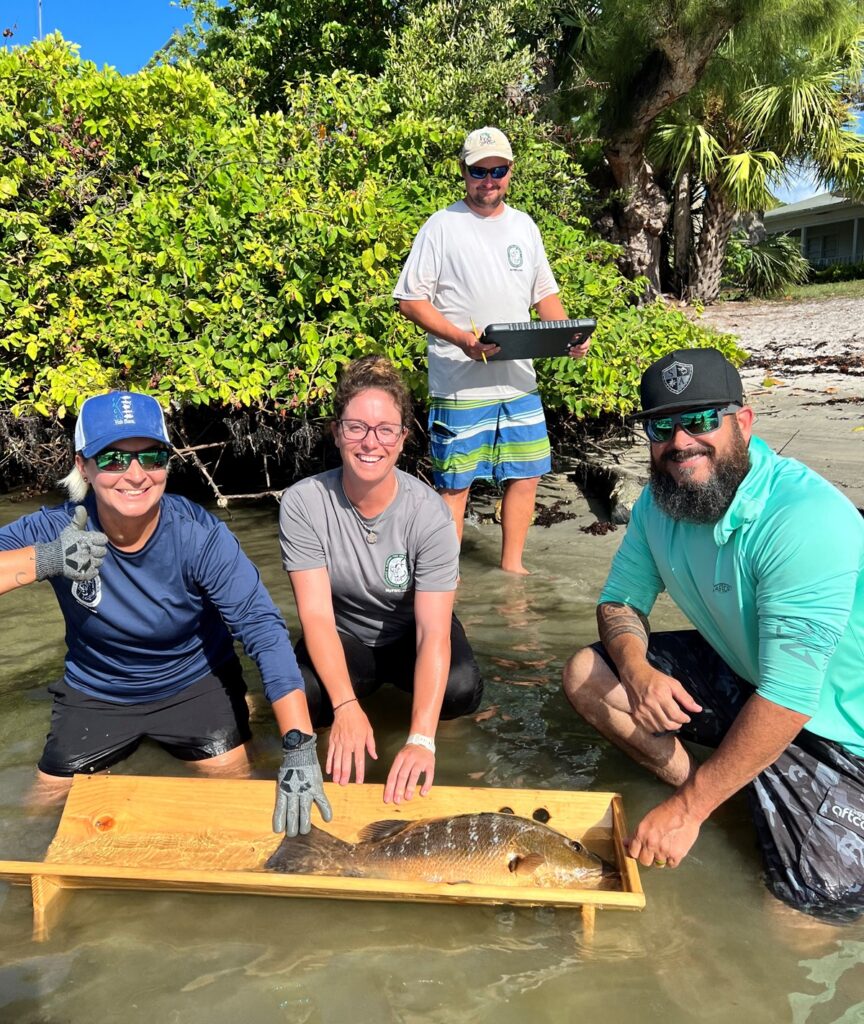
“All the ideas are already in place, and just need executed,” Nitz says. He explains that’s why it’s important to keep federal, state, and private dollars flowing in to address the enormous scale of Everglades conservation. “We know what needs to be done. We just need to do it.”
Nitz says he would like to see more funding go to infrastructure plans addressing where managers can store or safely move the region’s water over the next two decades, as they face a greatly reduced wetland footprint capable of holding and filtering that water, along with continued residential development pressure. A piece of that puzzle is already in place with construction now begun on the Everglades Agricultural Area Reservoir, which will help capture stormwater so it isn’t damaging habitat and can help prevent excessive freshwater discharges on the coast that damage marine fisheries. The project is part of a larger plan to allow more water to be directed southward to ultimately reach Everglades National Park and Florida Bay.
“We need to get everyone on the same page and address the biggest problems first.”
Nitz knows how vital it is that the broad range of conservation, preservation, hunting, fishing, and recreation groups find common ground on major Everglades restoration efforts to make sure collective energy is spent on achieving feasible solutions that all can agree on, rather than on fighting over differences.
“Sometimes people are busy pointing fingers, and when that happens nothing gets done,” he says. “We need to get everyone on the same page and address the biggest problems first.”
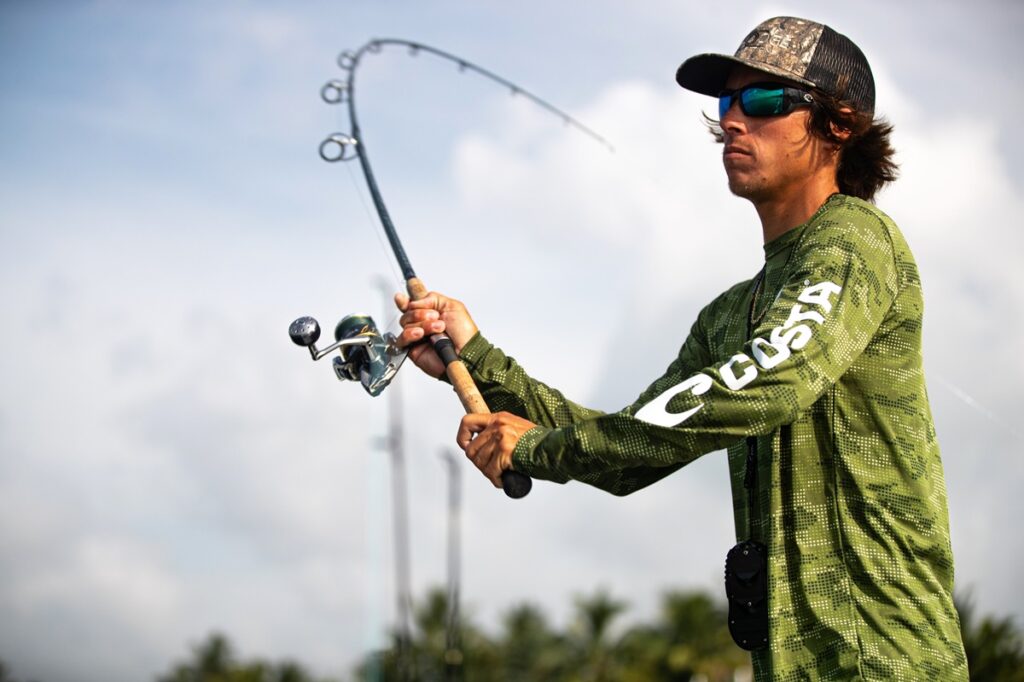
Forever a Florida Sportsman
Before his success and online notoriety as an expert snook fisherman, Nitz fished around Florida – from freshwater for largemouth bass in the Kissimmee area down to the saltwater in Biscayne Bay for bonefish and tarpon. He also hunted throughout the Everglades and beyond. Back then, all the hunting and fishing he did was for only fun.
Now, it’s just mostly for fun.
Fishing and hunting remain Nitz’s passions and are central to everything in his life. Besides being a charter captain, he’s also a well-known barefoot hunter who targets Everglades deer, Osceola turkeys, and wild hogs. He even points out that every recent vacation he and his girlfriend have taken is to hunt in another state, just to mix it up.
“When you’re hunting or fishing, you know how excited you can get about it,” he says. “But if you ask someone who doesn’t hunt or fish, they don’t know any feeling like it.”
###
Note: Part 1 of this blog series on Ryan Nitz, which focused on his hunting exploits in the Everglades, can be viewed here.
Photo credits: All images courtesy of Ryan Nitz

